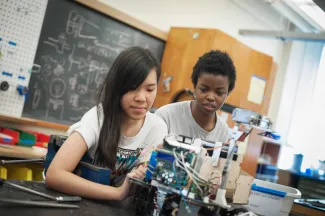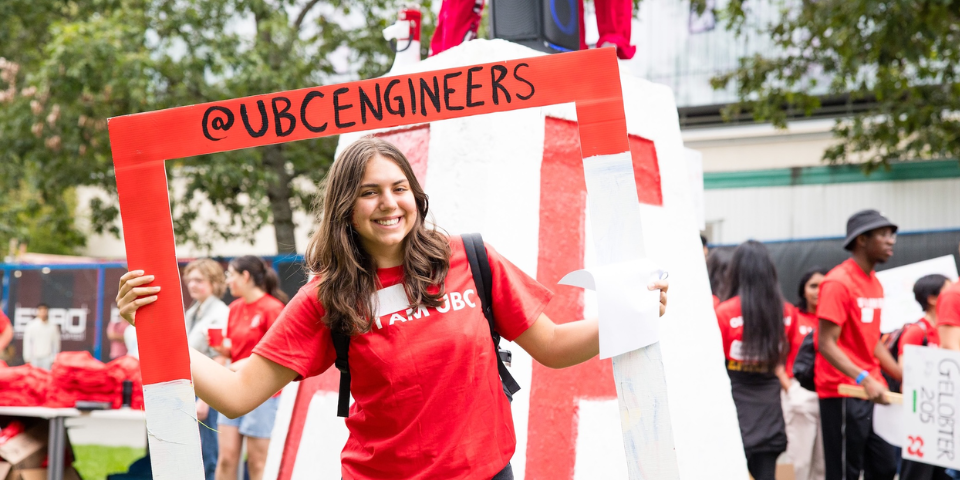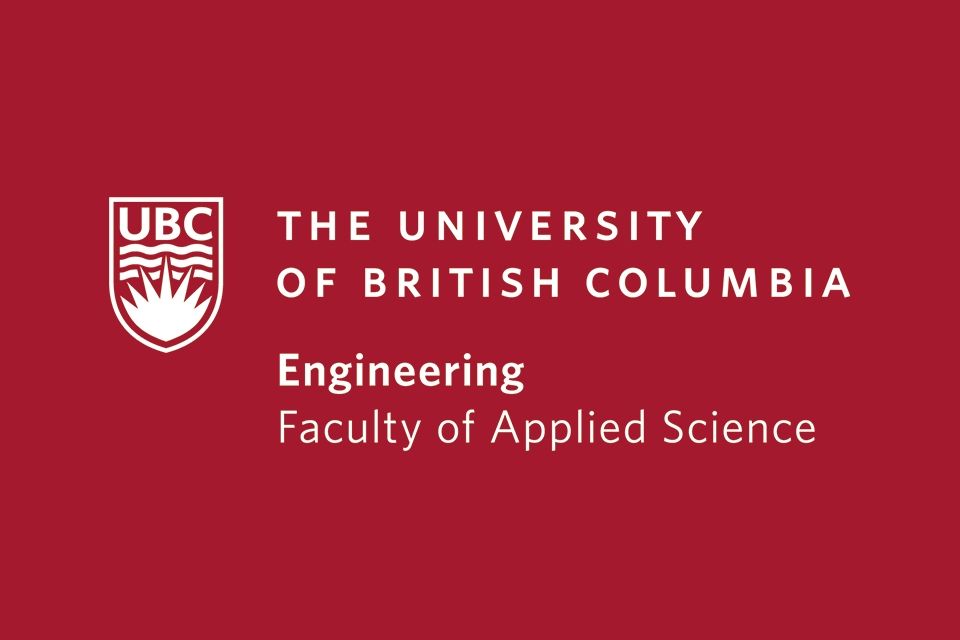Liza Belskiy, Paul Graham, Laura Romer and Mack Wilson
- Community Partner: General Fusion
- Degree:
- Bachelor of Applied Science
- Program:
- Campus: Vancouver
Exploring potential design solutions
General Fusion wants to know about any disturbances in the liquid metal wall during compression, as these disturbances lead to plasma instability and a decrease in energy output.
Our design solution needs to work within a very constrained system to see this wall from the inside out – to look out from a central rod to image the wall and measure its depth profile.
Any sensors and hardware need to be positioned at the central rod and be able to function within an environment of extreme heat and pressure. Imaging must happen from inside the cavity, with approximately 100 microseconds between samples. Another challenge is that the environment inside the reactor can cause oxidation of the liquid metal wall, which changes its surface properties and makes light interact differently with different parts of it.
Because of the conditions inside the reactor, we are essentially limited to using electromagnetic waves to image the three-dimensional liquid lithium cavity.
We looked at several different imaging options, including LiDAR, deflectometry, radio frequency and stimulated emission.
Over the course of the year, we researched, modelled and evaluated each potential solution. We ruled out radio frequency and stimulated emission for reasons of complexity, high costs and equipment-related issues. At the end of the year, we’ve decided to continue advancing our work on the LiDAR and deflectometry solutions.
LiDAR offers high-precision depth information, has a small sensor footprint and can rapidly measure the full surface. Some of its disadvantages are that it is generally not used for specular surfaces, so there’s the potential for multiple bounces or lost bounces before return.
Deflectometry works well for specular reflection, offers high speed and accuracy and is a non-contact technique. However, it has a hard time with diffuse reflection and surface discontinuities and requires careful calibration, among other potential drawbacks.
What we’re most proud of
Although this capstone project is very physics heavy, it is ultimately an engineering problem. The initial problem – come up with a way to image a liquid lithium wall during a fusion reaction – was both very specific and very daunting. It was up to us to figure out the scope and approach given that this has not ever been done before.
We’re proud of our ability to scope out the problem and come up with and evaluate potential solutions.





